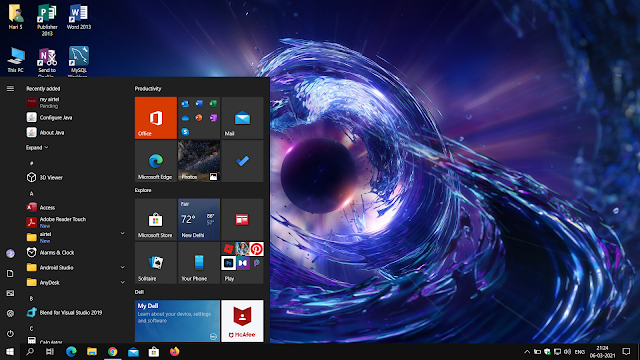Newest Technologies in agriculture
NEWEST TECHNOLOGIES IN AGRICULTURE
Adopting technologies in agriculture nowadays Treats crops and manages fields.You do not have to be an expert to know how the concept of agriculture has changed.It is very safe and simple.It is a very efficient invention that helps in getting high profit and quality
- GIS software and GPS agriculture
- Satellite imagery
- Drone and other aerial imagery
- Farming software and online data
- Merging dataSets
Thus farms are increasing or growing.Are benefiting more from digital agriculture.
Thus reducing water nutrient and fertilizer consumption. Reduces groundwater and chemical fertilizers in rivers by reducing environmental impact.Thus the business is less costly, smarter and more sustainable.
GIS-BASED AGRICULTURE
GIS software is becoming an incredibly useful tool in terms of agriculture.Using GIS software, farmers can predict temperature, crop yields, rainfall and future and current conditions.Enables smart machines to use GIS based applications to improve plant health, fertilizers and pesticides.This can reduce the time.
Another major benefit of GIS is that it accurately predicts the use of satellites and drones to obtain information on plants, soil conditions, weather and terrain from a bird's eye view
SATELLITE-DERIVED DATA
With the aim of detecting various threats with satellite data in service, it is not so easy to predict yields and conduct almost real-time field monitoring.
DATA FROM THE SKY – DRONES
Although drones are easy to use and capable of collecting large amounts of data in a short period of time, there are still challenges when using them on a standard basis as they do not come cheap. Drones are almost useless where large areas need to be mapped or monitored, and it is best to complement the technology with satellite surveillance between already mapped areas where specific zones need to be cross-tested.
ONLINE DATA – THE KEY TO PRECISION FARMING
Crop monitoring allows the use of the Natural Variation Plant Code (NTV) to monitor crop health. This code monitors the levels of chlorophyll in plants so that information on their status can be obtained. When you have high NDVI values, you have healthy plants because the plant gets more chlorophyll, which makes it healthier.
Another important aspect of crop monitoring is the use of a scout. It is a mobile and desktop application that uses digital field maps. When using this application, a farmer can assign multiple tasks to scouts in a few clicks. Add a field, drop a pin, and set a task. Once the task is assigned, a scout moves directly to the selected location, checks problem areas on the site, inspects the pest activity, performs weed management activities, and immediately makes records on the application. This allows complex areas to be inspected only when needed, thereby saving enough time to take the necessary preventive measures
Weather analysis. By analyzing meteorological data with plant condition data obtained from satellite images, farmers can accurately use irrigation and prevent frost or heat damage. For example, one of the best ways to avoid drought problems is drip irrigation with automatic or manual valve control so that the farmer can apply the required amount of water to dry areas.
The strong advantage of crop monitoring is that it is based on satellite imagery. It helps to analyze field conditions or the condition of specific areas and obtain valuable information while flying, thereby speeding up the optimal reaction time and making reliable decisions - which crops should be planted, when to harvest, how to effectively plan for the next season, what amount of nutrients and fertilizers to apply, And many more.













Comments
Post a Comment